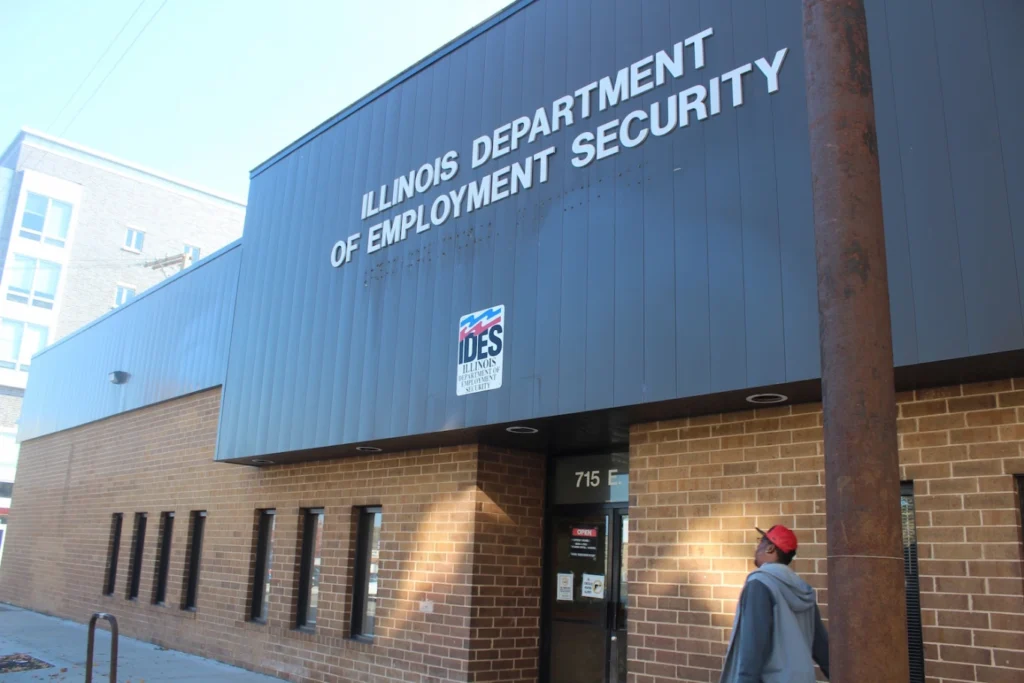The Quad Cities was among four Illinois metro areas to record over-the-year job losses in May, according to data from the U.S. Bureau of Labor Statistics (BLS) and the Illinois Department of Employment Security (IDES).
Over the year, total nonfarm jobs increased in 10 metropolitan statistical areas (MSA) and decreased in four MSAs for the year ending May 2024. Among them was the Quad Cities MSA, where jobs declined by -1.5%, or -2,700 jobs, IDES said in its news release last week.
The Quad Cities was also one of 12 metro areas to post an over-the-year unemployment rate increase. This region’s non-seasonally adjusted unemployment rate increased to 4.4% in May 2024 compared to 4.2% in May 2023, the report said.
In all, the unemployment rate increased over-the-year in 12 metropolitan areas, decreased in one and was unchanged in one.
Statewide jobless rate up
The State of Illinois reported recently that the statewide unemployment rate rose to 4.9% in May, up +0.7 percentage point from a year ago when it was 4.2%.
“Steady, consistent job growth continues to benefit workers and employers in every corner of the state,” said Deputy Gov. Andy Manar. “Investing in a strong, viable workforce ecosystem which remains advantageous to our diverse labor force continues to be a top priority.”
The metro areas which had the largest over-the-year percentage increases in total nonfarm jobs were: the Champaign-Urbana MSA (+2.5%, +3,100), the Bloomington MSA (+1.7%, +1,700), and the Elgin Metro (+1.7%, +4,500). In the Chicago-Naperville-Arlington Heights Metropolitan Division, total nonfarm jobs were up +0.1%, or +4,900.
In addition to the Davenport-Moline-Rock Island MSA, the metro areas which had the largest over-the-year decreases in total nonfarm jobs were the Springfield MSA (-2.0%, -2,200), and the Decatur MSA (-1.0%, -500).
Industries that saw job growth in a majority of metro areas included: Government (12 areas); Private Education and Health Services and Other Services (11 areas each); Wholesale Trade (10 areas); and Manufacturing (eight areas).
The metro areas with the largest unemployment rate increases were the Chicago Metro Division (+1.1 points to 4.8%), and the Bloomington MSA (+0.6 point to 4.2%). The unemployment rate decreased in the Rockford MSA (-0.6 point to 5.6%) and was unchanged in the Decatur MSA.
QC adds, loses jobs
Payroll gains in the QC year-over-year included the following sectors: Wholesale Trade (+300), Other Services (+300), Private Education-Health Services (+300), Transportation-Warehousing-Utilities (+200), Retail Trade (+200), Government (+200) and Mining-Construction (+100).
The largest employment declines in May over the year were in these Quad Cities’ sectors: Professional-Business Services (-3,200), Leisure-Hospitality (-600), Manufacturing (-400), and Financial Activities (-100).
According to IDES, the May 2024 unemployment rate compared to a year ago in the Illinois Quad Cities by county were:
- Henry County: 5.3%, up from 4.8%.
- Mercer County: 5.2%, up from 4.2%.
- Rock Island County: 5.2%, up from 4.8%.
Year over year the May unemployment rates by area cities included:
- Moline: 5.1%, up from 4.7%.
- Rock Island: 5.5% up from 4.9%.
- Galesburg: 6% up from 5.6%.
The unemployment rate identifies those who are out of work and seeking employment. A person who exhausts benefits, or is ineligible, still will be reflected in the unemployment rate if they actively seek work.







